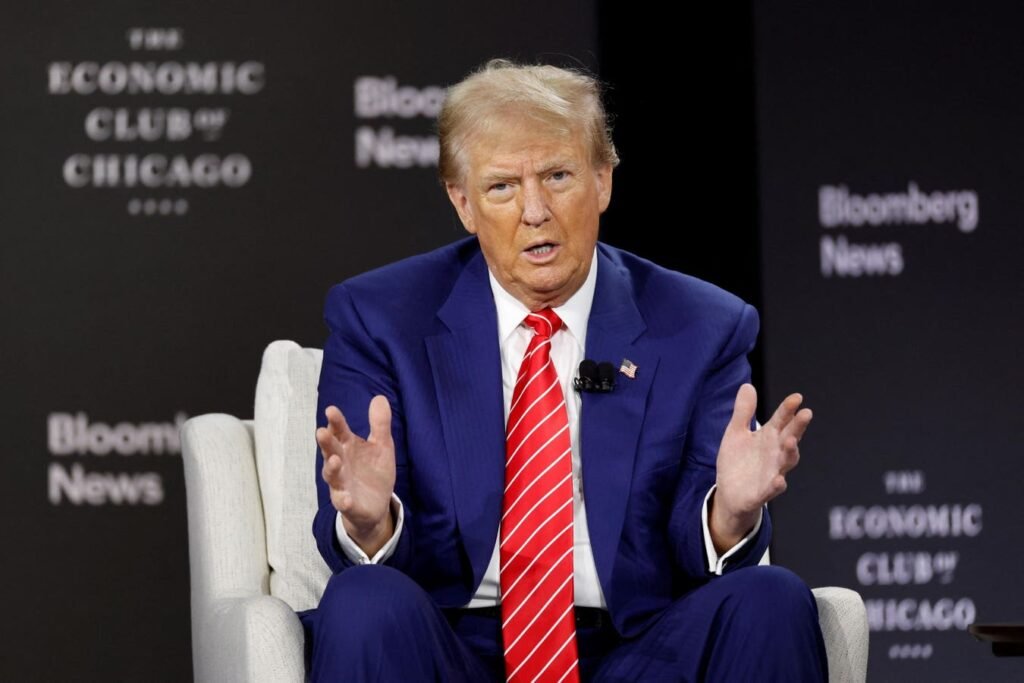Whether in the Oval Office or the boardroom, age is becoming a bigger topic.
The number 65 is a milestone—especially when it comes to retirement. Since the Social Security Act of 1935, 65 has been the age at which individuals could first claim full retirement benefits. Over the decades, this number has served as the informal “passing of the torch” for many executives. But a 65-year-old today is far from what a 65-year-old was in 1935. The notion that age alone is a reason to step aside has risen into question more. Critics argue that this approach ignores modern advances in healthcare, longevity, and executive performance. Consider this: in 1935, the average life expectancy was 59.9 years. Today, it’s 77.5, according to the CDC.
Despite these advances, ageism persists—even as people live longer, healthier lives. Ageism has also become a political issue, particularly with President Biden at 81 and former President Donald Trump turning 78 a few months ago. Trump recently remarked in an interview with Bloomberg Editor-in-Chief John Micklethwait that he would indeed appoint a CEO his age, stating, “Some of our great world leaders are in their 80s.” But when it comes to corporate leadership, is age still relevant?
Are Older CEOs Outdated Or An Untapped Resource?
In the corporate world, CEOs are trending older. According to Madison Trust, the average age of a Fortune 500 CEO is 59.2, with only six Fortune 500 CEOs older than Trump. As reported by CBS News, more Americans over 65 are also staying in the workforce, with the 75+ group being one of the fastest-growing segments. In fact, in 2022, 1 in 12 people over 75 were still working, up from 1 in 20 two decades ago, according to the Labor Department.
However, age-based retirement policies still exist, particularly for board members. A report by executive search firm Spencer Stuart in 2023 found that 69% of S&P 500 boards have mandatory retirement policies, with 97% setting the age at 72 or higher and 57% setting it at 75 or older. Legally, as shared in a CNN report, the Age Discrimination in Employment Act (ADEA) allows companies to mandate retirement for bona fide executives and high-level policy makers over 65 if they receive a non-forfeitable retirement benefit of at least $44,000 annually. However, with advancements in science, technology, and health, heavily relying on age as a metric for CEO retirement is looking increasingly outdated. Here are three critical ways companies can shift from a rigid age-based approach to a more nuanced strategy for evaluating their CEOs.
Age isn’t the most important metric for CEOs capability.
1.Prioritize CEO Health and Well-Being
The traditional argument for mandatory retirement is the expectation of declining physical and mental health. However, today’s health advancements enable people to maintain high levels of well-being well beyond 65. This could be taken further for CEOs who already undergo annual executive physicals. Companies could easily replace arbitrary age limits with comprehensive, in-depth health and well-being assessments. These evaluations could ensure that CEOs maintain the mental, emotional, and physical capacity to lead. Moreover, a CEO who prioritizes their well-being can set a positive example for the entire organization. Just as companies have KPIs for business performance, they could also implement KPIs for CEO health. This move would not only ensure effective leadership, but it could also trickle down to improve the health and productivity of employees across the board as the leader sets the tone for the organization.
2.Focus on Leadership, Innovation, and Vision
In baseball, pitchers may lose velocity with age, but the greats adjust and evolve. Similarly, older CEOs may not have the same youthful vigor, but they bring a wealth of experience and wisdom. The question and concern isn’t the CEOs’ age but whether they can still inspire, lead, and innovate in today’s fast-paced, ultra-competitive, ever-changing business environment. Is your CEO adapting to current technologies and preparing the company for future challenges? Are they evolving their leadership style to keep up with a modern workforce? These are the more relevant questions to ask, rather than focusing solely on age. CEOs should be evaluated by their boards and organizations based on their ability to navigate complexity, lead through uncertainty, and drive innovation.
3.Develop Succession and Mentorship Plans
When older CEOs are still mentally sharp and physically healthy, they represent a wealth of knowledge that can benefit the company for years. The challenge for organizations is determining when and how to transition leadership. Succession planning doesn’t mean sidelining the current CEO. Instead, it presents an opportunity for mentorship. Just as successful sports coaches are often remembered for the leaders they develop, CEOs can build a lasting legacy by building up their successors. Warren Buffet, for example, has named Greg Abel his successor at Berkshire Hathaway, yet remains fully engaged in leading the company. The goal is to create a seamless transition, which could take years. Companies should avoid blanket age limits and develop personalized transition plans based on ongoing health, leadership, and vision evaluations.
Whether in the Oval Office or the boardroom, the adage “age is just a number” is becoming increasingly appropriate. Thanks to modern healthcare, readily available information, and many people’s desire to keep working, organizations must adopt a more nuanced approach to age or risk missing out on some of their most valuable assets.

